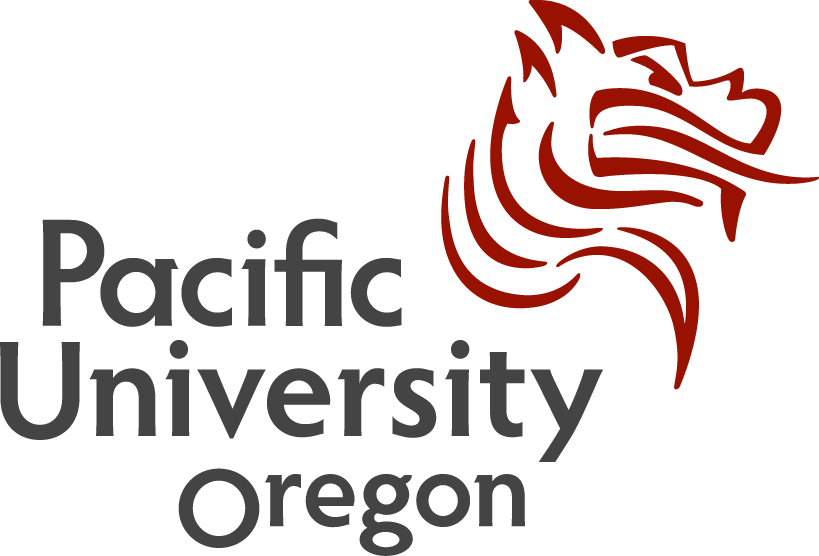Comments from Archives Assistant, Shawna Hotch
Why did you choose to attend Pacific University?
A lot of experiences in my life lead me to Pacific. I graduated from Chemawa Indian School in 2013, as my father and much of my family had before me. My father was hired at Chemawa five months before I was born so I grew up knowing the students and staff, watching basketball games or track meets, and going to its annual powwows. While attending Chemawa I had to write a research paper on the school’s history and I was unable to find details about the first five years of its establishment. All I knew was that the school was founded in 1880 at Forest Grove and moved to its current location in Salem after the girls’ dormitory burned down in 1885. That is when my interest first peaked, what happened in those five years? During my junior year, I toured the school with some of the football players from Chemawa who were looking at Pacific’s new football program and I asked the staff leading the tour if she had any information on the Indian Training School. She had never even heard of it. After that tour I became aware that Pacific University was the only school in Oregon to offer the graduate program I was looking for, so when I was a senior I decided to apply. The second time I toured I brought my parents and asked a staff the same question. He responded as had the previous person. I was hoping that if accepted I could learn more about the school’s transition to Salem and later to share my complete knowledge with others or to start a partnership between the two schools: Pacific and Chemawa.
How has your experience as a Native American been at Pacific University?
Within the first few days on campus I experienced a huge culture shock; Chemawa’s student body was all Native American and Pacific’s was definitely not. I became overwhelmed by the lack of diversity and quickly tried to find more native students on campus. There weren’t as many as I had hoped and many were urban natives who were not from the reservation. A majority of my friends or classmates had never “met a Native American,” or were uneducated about native affairs. The idea of going to Native American boarding school seemed to have an attached stigma that I had been unaware of. As I grew up, I became the type of person who instead of complains about a problem, tries to find solutions for the problem. It then became my goal to get more native students at the school and to educate as many people as possible about boarding schools and what it means to be a Native American in modern society. Through my own personal research I reached out to the ROOTs club, my Ethics teacher, and my Freshman Seminar Teacher. The ROOTs club helped sponsor a lot of ethnic diversity activities on campus. My ethics class was also a civic engagement class. For my civic engagement project I devoted over forty hours to educating others on boarding schools and I worked with the Admissions Office, informing them of some better ways to recruit native students. My FYS teacher told me to check with archives on information on the Indian Training School. I met with Eva and she told me she had wanted to start the Forest Grove Indian Training School project. Soon after I was hired to work on the project; It was the best thing that could have happened to me.
What has the exhibit meant to you?
This exhibit has given me the opportunity to learn firsthand about the student and the rich history of the school. I found that my first family member to attend the school was George Brown, who came into the Forest Grove Indian Training School in 1882 and later graduated in 1885. My family has attended the school for over 130 years. This exhibit has allowed me to feel connected to my native culture while in a mixed racial community. It is empowering to discover information about past natives and documenting it in one area, in a sense remembering their lives. The job and this exhibit and have been used as a social and educational tool while I spread the knowledge, networking with students, staff and the outside community. The idea of boarding schools is notoriously negative, but the experiences and opportunities were not always negative. The establishment of boarding schools was based of the ideas of producing self-sufficient “Indians.” The means at which the goal was accomplished was not ideal, culture was lost, but boarding schools have helped produce more self-sufficient Native Americans. I am not claiming that it was all just and fair but that in light of all past in justices, Chemawa remains to be a home for hundreds of native students and I would like Pacific to house more natives as they pursue their education.
